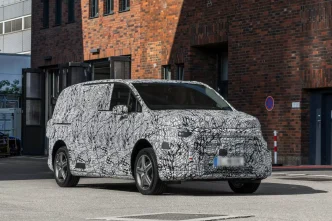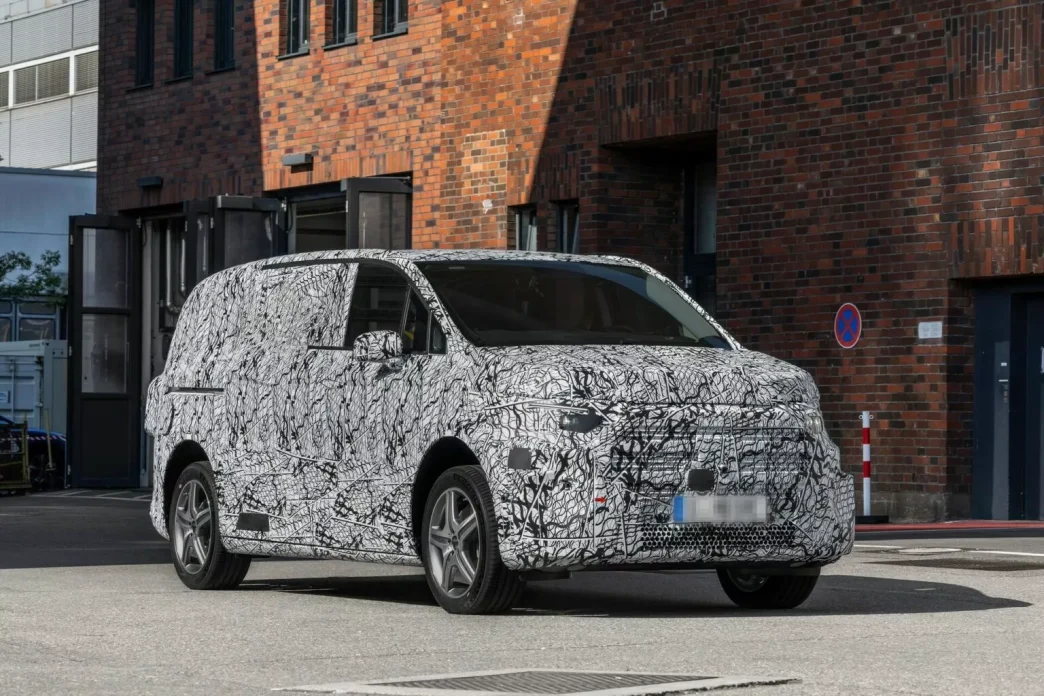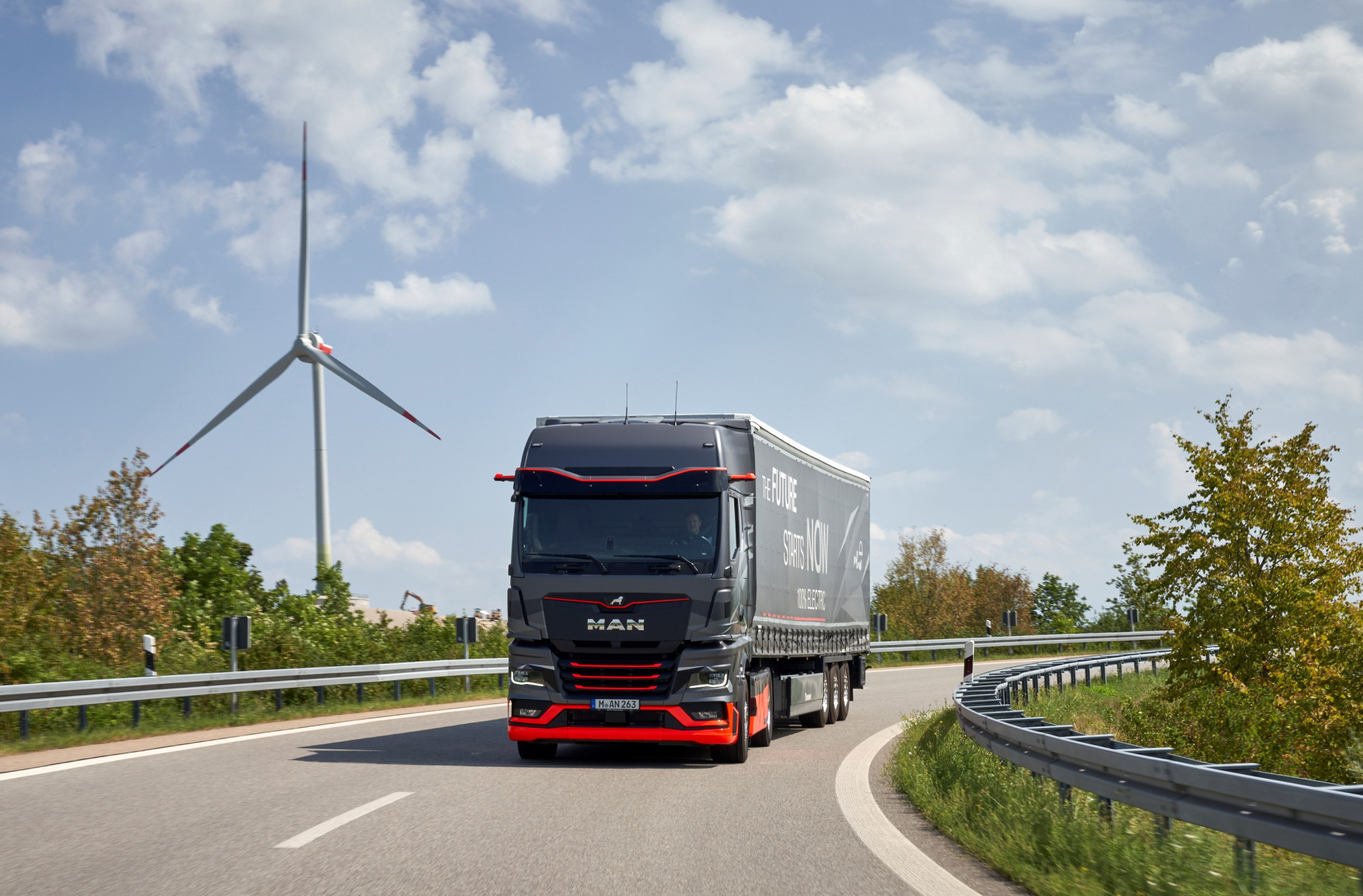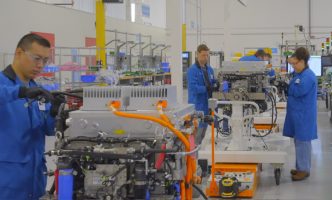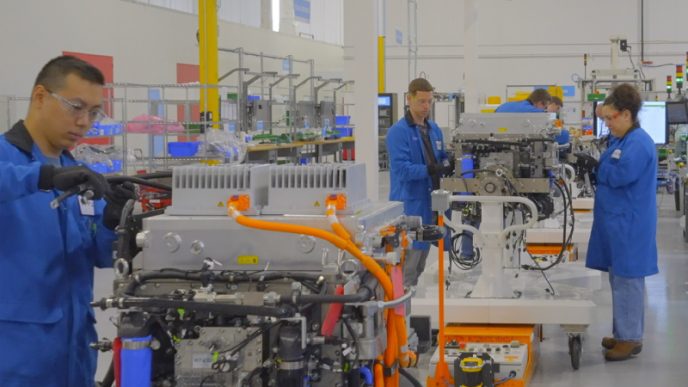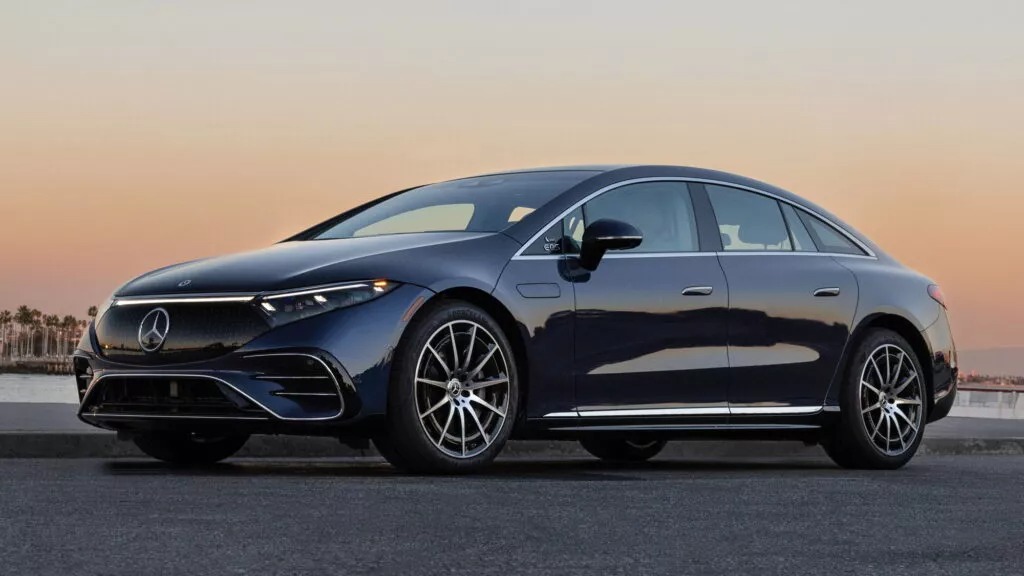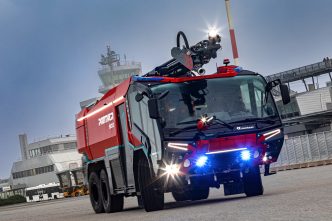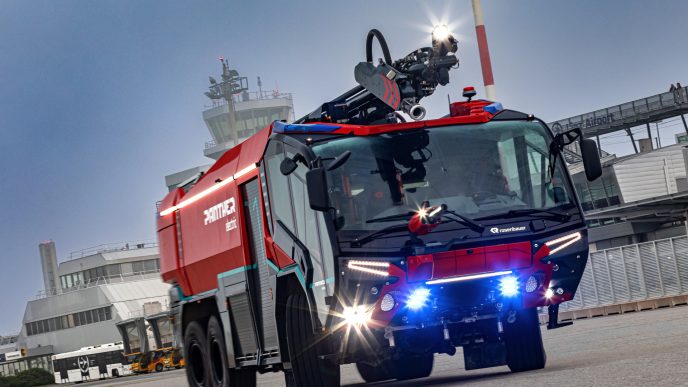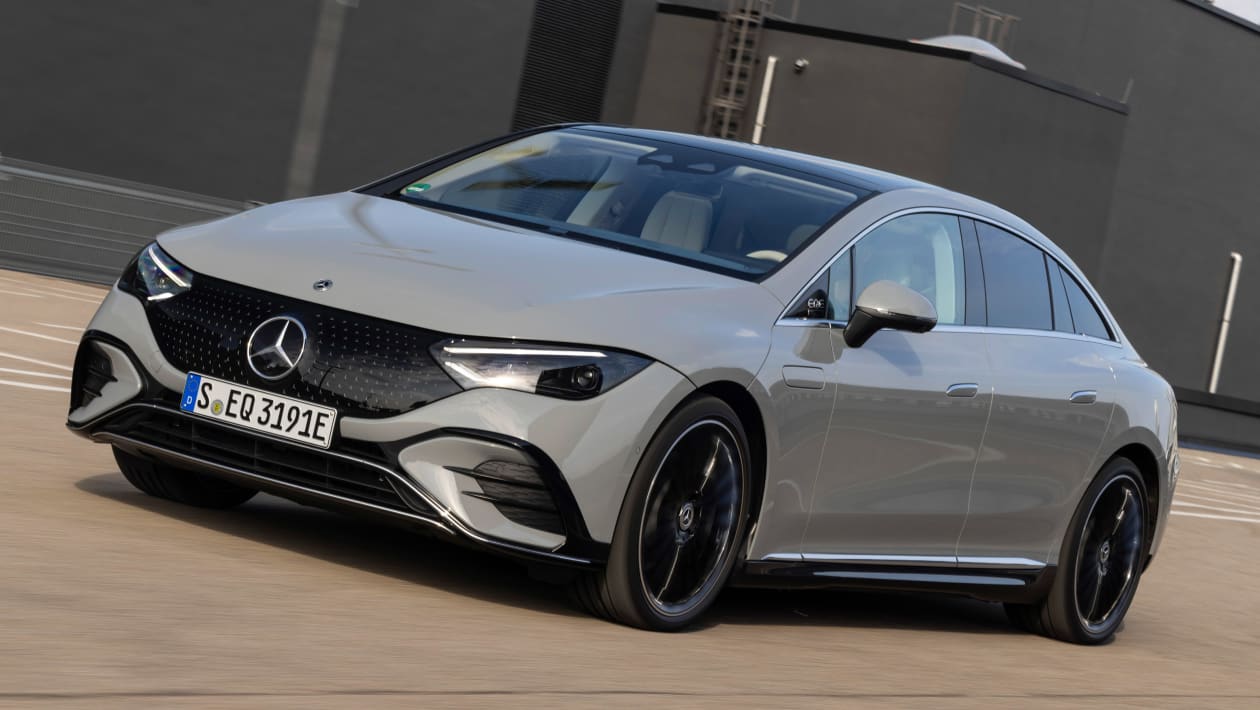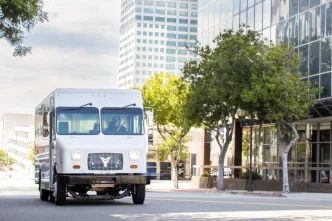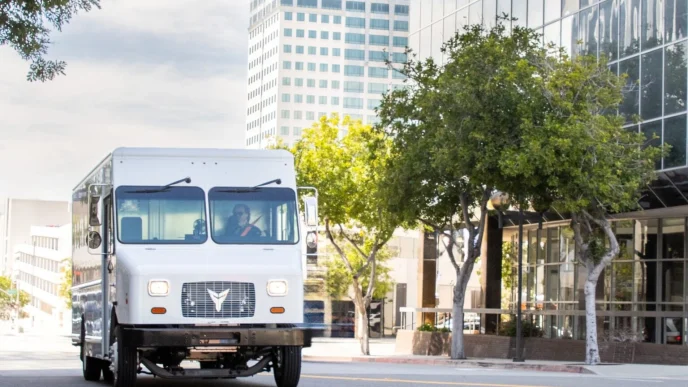Mercedes-Benz has officially released images of its upcoming next-generation vans, offering a respite for spy photographers who have been tracking the development of these vehicles.
The new vans are built on the innovative Mercedes-Benz Van Electric Architecture (VAN.EA), which the company describes as “modular, flexible and scalable.”
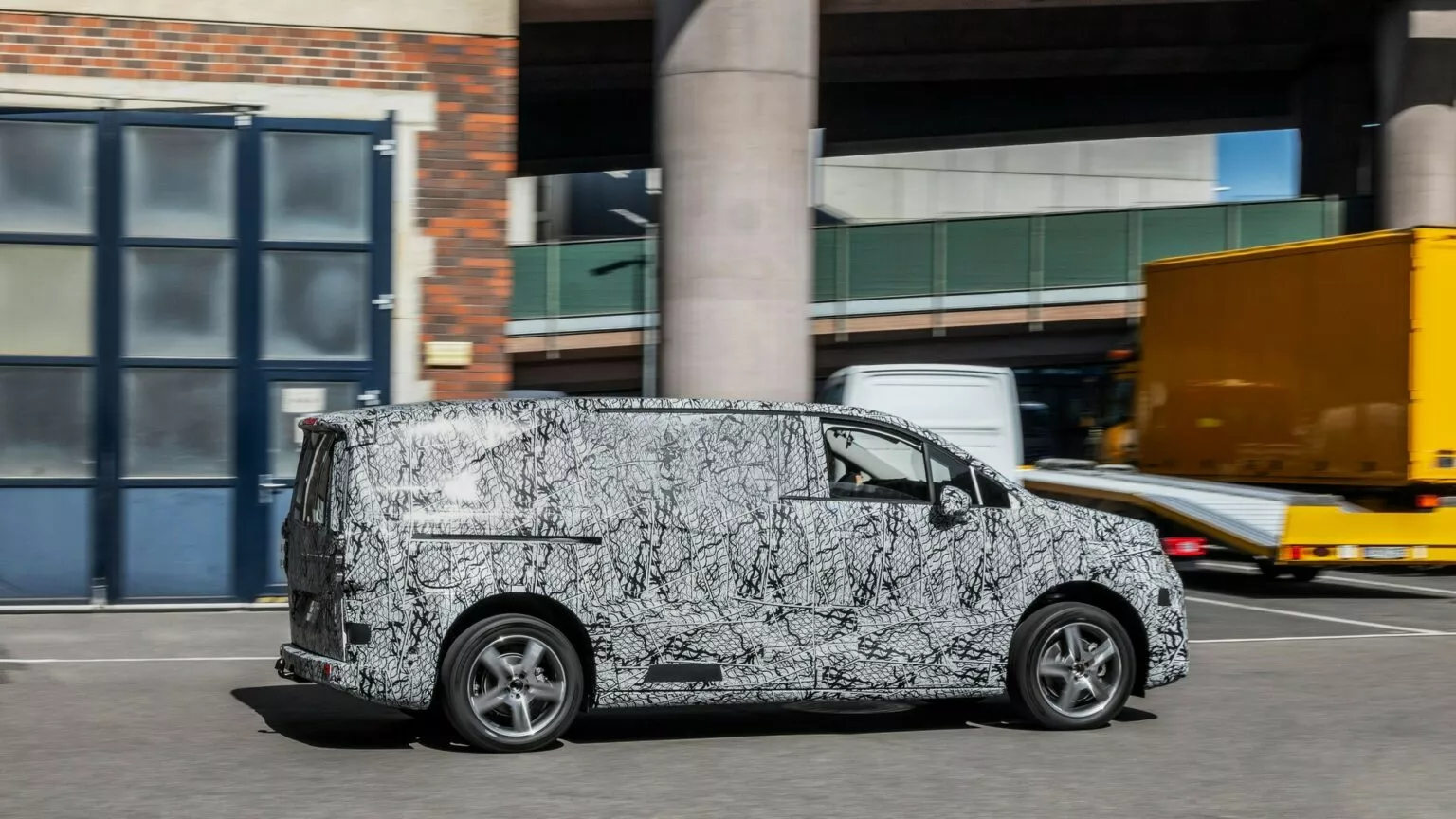
The latest prototypes, while still covered in camouflage and padding, showcase design elements closer to the final production models. Notable features include updated headlights and flush-mounted door handles, along with a redesigned greenhouse and a more upright front fascia. The new design also incorporates lower door-mounted mirrors and alterations to the rear liftgate.
Although specific details about the prototypes remain limited, a Mercedes spokesperson confirmed that “all newly developed medium and large vans” will utilize the VAN.EA platform beginning in 2026. The spokesperson added that this architecture will facilitate “clear differentiation between privately positioned vans in the luxury segment and commercial vans in the premium segment.”
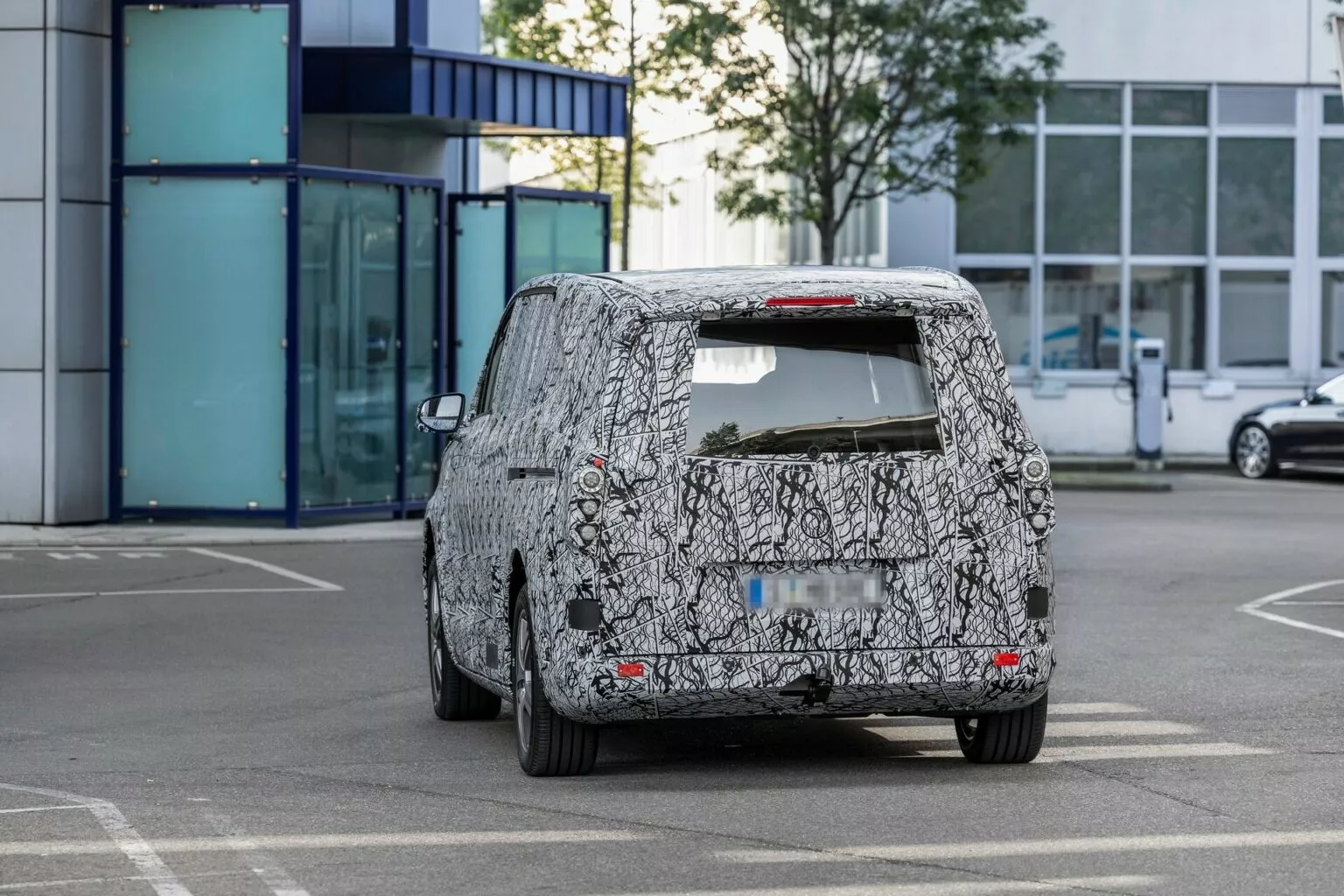
This shift suggests a more distinct separation between models such as the Vito and V-Class. Mercedes stated that the “portfolio will range from family vans to exclusive VIP shuttles to luxurious and spacious limousines for customers with the highest demands.”
While precise specifications are yet to be disclosed, the company indicated that the upcoming vans will feature both front- and all-wheel drive capabilities. They will also incorporate advanced technologies, including an 800V system, a 22 kW AC charger, and the latest version of the Mercedes-Benz Operating System.

Previous announcements from the automaker hinted that luxury private vans could achieve a range “well over” 311 miles (500 km). Additionally, the vehicles will include a Level 2 semi-autonomous driving system at launch, with plans for a Level 3 system to be available by the end of the decade.
In contrast, premium commercial vans are expected to offer extensive customization options and a Level 4 autonomous driving system to capitalize on the potential of driverless transportation.

